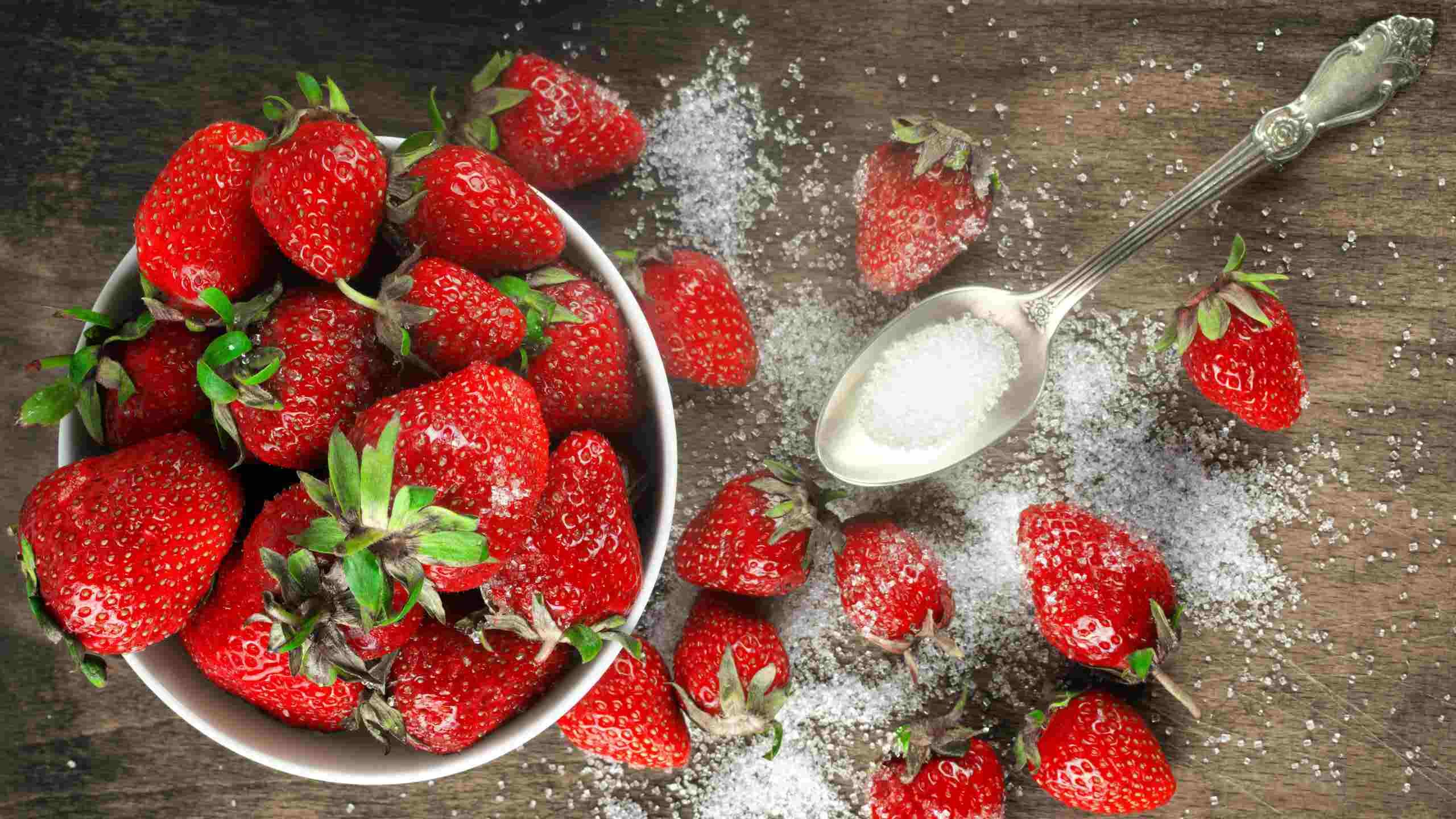A sugar spike
Picture your favourite meal: it has several elements and most likely includes carbohydrates. When you ingest carbohydrates, they are transformed into glucose (sugar), which enters the bloodstream and then makes its way into the cells. Carrying the sugar from the bloodstream to the inside of cells is a task for insulin, produced by the pancreas. When insulin is not efficient or when it is not produced in the necessary amount, the body goes into hyperglycaemia and excess sugar circulates in the blood. This is normally the definition of a diabetes case.
According to the International Diabetes Foundation (IDF), more than 500 million people in the world are diabetic – 90% of cases could have been prevented, as we will see later in the article. In Europe alone, 60 million people aged 25 and over live with diabetes, according to the World Health Organization (WHO) – that is almost 10% of the population in that age range.
Every year, on November 14th, we observe the World Diabetes Day to raise awareness about the disease and the importance of prevention and control.
Type 1, Type 2, and gestational diabetes: what are the differences?
There are three main types of diabetes and all of them have similar symptoms: change in urinary frequency, increased thirst and appetite, tiredness, blurred vision, sores or bruises that take time to heal, weight loss (especially in type 1 diabetes) and tingling, pain or loss of sensation in the extremities (more common in type 2 diabetes). If you experience any of these symptoms, consult a health professional.
-
Type 1 diabetes
It is an autoimmune disease (meaning that the immune system “attacks” the body’s own cells) in which the pancreas does not produce insulin and therefore requires insulin treatment. It usually manifests in childhood, does not have an associated cause, and there is no way to prevent it.
-
Type 2 diabetes
It is a metabolic disorder that tends to develop in adulthood, arising when the pancreas produces less insulin than it should and/or when it does not work effectively (so-called “insulin resistance”). Treatment includes changes in diet and physical activity, medication, and often insulin. It represents 90% of cases and, although some people may have a greater predisposition, it is most commonly a consequence of obesity and a sedentary lifestyle – type 2 diabetes can, thus, be prevented.
-
Gestational diabetes
It is a temporary condition that can arise during pregnancy due to reduced insulin production or insulin resistance. It goes away on its own after childbirth. Although it does not have severe symptoms, it must be properly monitored, as it can have consequences on both the mother’s and the baby’s health.
Carbohydrates and diabetes
The main function of carbohydrates (simple or complex) is to provide the cells with energy, and therefore carbs should be part of everyone’s diet. Simple carbs are quickly absorbed by the body and are present in foods such as fruit, dairy products, sugar, and honey. Complex carbs are slow-absorbing and are present in cereals, vegetables, tubers, and legumes. Once digestion is complete, carbs are converted into glucose (sugar).
The higher the sugar content and the lower the fibre content of a particular food, the higher its glycaemic index, that is, the faster the increase in blood glucose, which can cause the so-called “blood glucose peaks”. The slower the absorption, the slower the rise in blood sugar. Therefore, foods with a lower glycaemic index help control blood sugar and should be prioritised over foods with higher glycaemic index.
Complex carbohydrates, because they are slow to digest and have a low glycaemic index (they reach the blood at a slower rate), provide glucose and gradually increase glycaemia (blood sugar levels) – which is great, specially if you live with diabetes. This does not mean that people with diabetes should only consume complex carbohydrates. Fruit, which is made up of simple carbohydrates and therefore has a higher glycaemic index, is also a source of fibre, vitamins, and minerals. The fact that fruit contains simple carbs does not put it at the same level as other foods or beverages with added sugar, whose nutritional value is generally lower.
The most suitable diet for diabetes
Although there may be specific guidelines – depending on the diagnosis, underlying health problems and individual routine – the dietary needs of those with diabetes are no obstacle to nutritious and delicious meals.
Avoid processed foods with high sugar and saturated fat content and choose foods with a more complete and balanced nutritional profile instead. Eat several times a day, in the correct portions, and include every food group: fruits and vegetables, cereals, legumes, dairy, meat, fish, eggs, and plant-based fats.
Take note of some of the foods that help with blood sugar control:
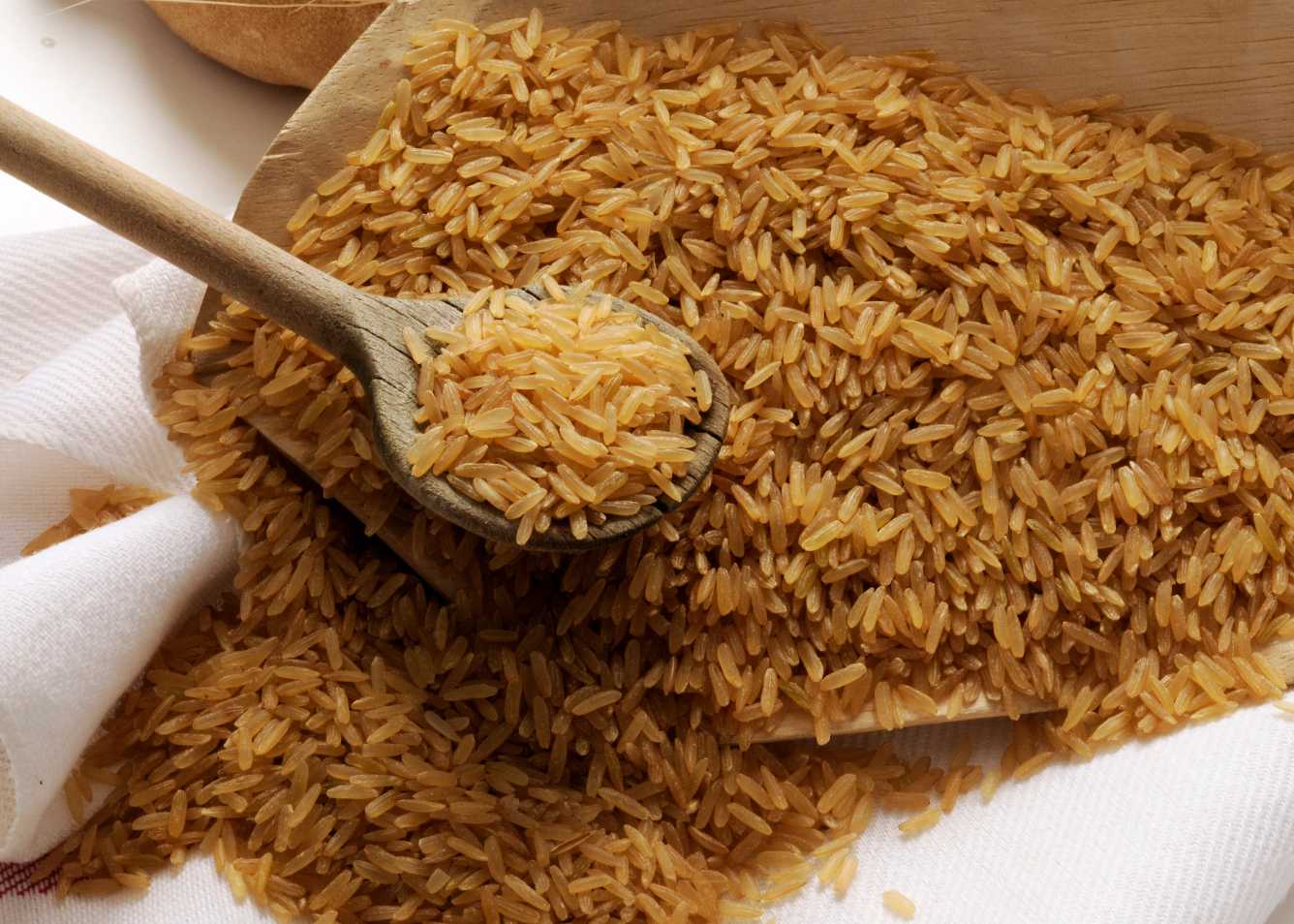
-
Whole grains and legumes
The keyword here is “whole” as opposed to “refined”. White (refined) flour, for example, has a higher glycaemic index than whole wheat flour. Quinoa, oats, and whole-grain versions of pasta, bread, and rice are a source of fibre and have a lower glycaemic index compared to refined versions. Legumes and pulses, from beans to peas, have a low glycaemic index and help control blood sugar levels after a meal, keeping them stable throughout the day.
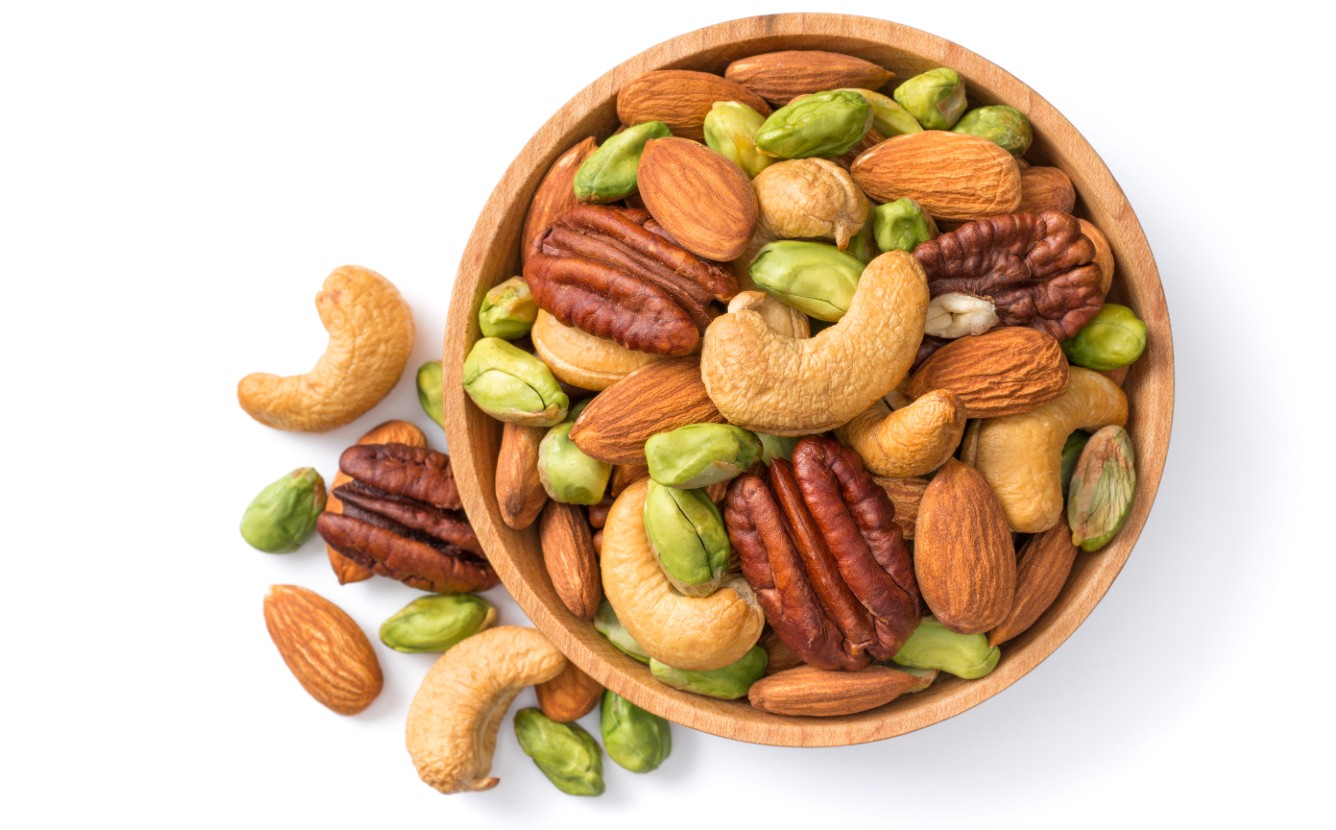
-
Nuts
Nuts and seeds, without salt or other added ingredients, can help reduce the glycaemic index of a meal even when accompanied by foods with high glycaemic index. Nuts – such as walnuts, almonds, or hazelnuts – provide fat and fibre that slows the digestion and promotes a more gradual absorption of glucose.

-
Vegetables
Whether raw, cooked or roasted, vegetables are excellent sources of fibre, as well as vitamins and minerals, and should be included in the main meals of the day. Broccoli is an example of a low glycaemic index food which also appears to improve insulin resistance in type 2 diabetes. Garlic (raw or cooked) helps control cholesterol and, according to studies, has antidiabetic and neuroprotective properties, and may also have benefits in diabetic retinopathy, a complication of diabetes that affects the eyes.

-
Omega-3-rich fish
Studies indicate that fish such as salmon or sardines, the shining stars of the Portuguese coast, can help control blood glucose levels and improve insulin resistance.
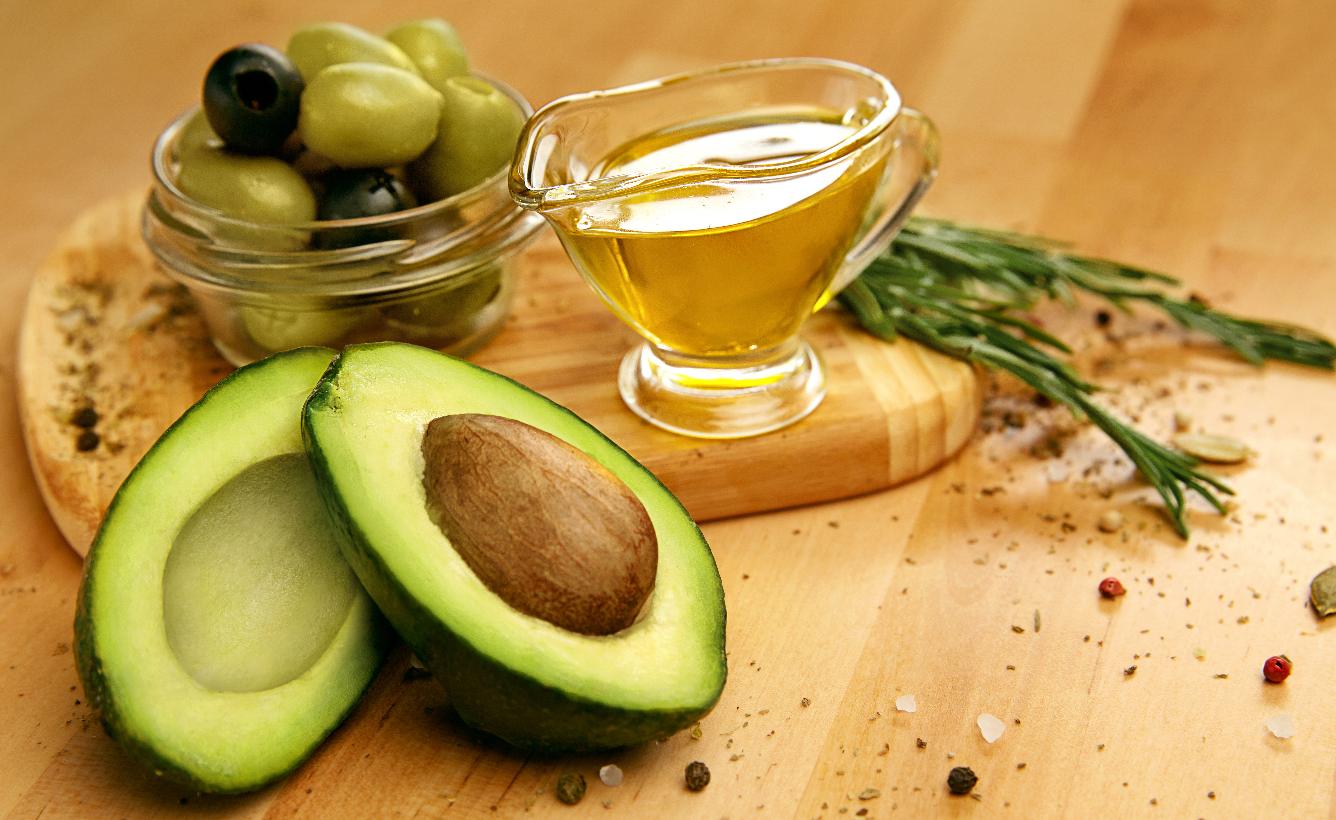
-
Olive oil and avocado oil
They are nicknamed “good” fats for a reason. Olive oil is the healthy fat of choice in the Mediterranean diet, with positive effects on cholesterol and type 2 diabetes prevention and treatment. Avocados are also a source of monounsaturated fats, thus controlling blood glucose, provide of potassium, and help regulate blood pressure.
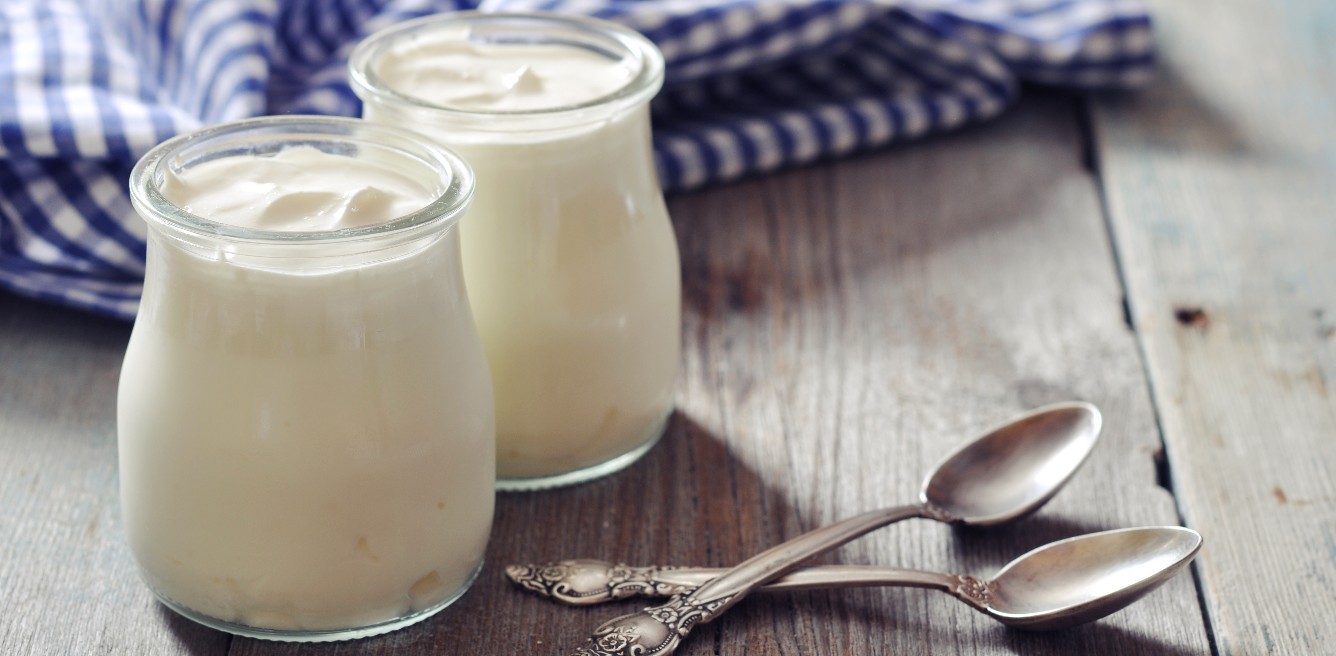
-
Yoghurt
Low-fat or semi-skimmed dairy products with no added sugar are important sources of protein, calcium, and phosphorus. Plant-based alternatives to dairy, especially soy-based with no added sugar, can also be an option.
Diabetes myths
- Fruit should be excluded
Except in cases of allergy, fruit should be part of anyone’s diet – even bananas. Those with diabetes, however, should avoid making fruit-only meals or drinking fruit juices, to avoid a strong glycaemic peak (adding sugar is not an option – enjoy your strawberries au naturel). Fruit can be included in your daily menu in two ways: as dessert after a main meal, or as snacks during the day, accompanied by nuts, low-fat cheese, or natural yoghurt. - Diet products are welcome
The labels of “diet” products should be read carefully. For example, certain chocolate bars or biscuits with no added sugar are sometimes high in saturated fats. Some sweeteners can affect blood glucose, albeit less than real sugar. - You don’t need to moderate your diet if you take medication
A balanced and nutritious diet can be as important as medication to control diabetes and prevent other associated pathologies, such as cardiovascular diseases. The Mediterranean diet is simple and full of flavour, being effective in the management of diabetes. - Sweets or desserts are prohibited
Although there is no “sweets ban”, it will be wiser to save sweets for special occasions and, whenever possible, opt for healthier and equally tasty versions with little or no added sugar. Try desserts such as strawberry yoghurt jelly cups, apple and banana granola bowls, or even tapioca crepes with cheese and red berry jam.
